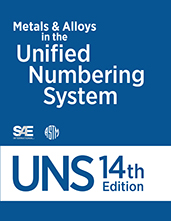Technical Paper
Microstructure, Worn Surface, Wear Assessment and Taguchi’s Approach of Titanium Alloy Hybrid Metal Matrix Composites for Automotive Applications
2024-02-23
2023-01-5103
Lightweight materials are in great demand in the automotive sector to enhance system performance. The automotive sector uses composite materials to strengthen the physical and mechanical qualities of light weight materials and to improve their functionality. Automotive elements such as the body shell, braking system, steering, engine, battery, seat, dashboard, bumper, wheel, door panelling, and gearbox are made of lightweight materials. Lightweight automotive metals are gradually replacing low-carbon steel and cast iron in automobile manufacture. Aluminium alloys, Magnesium alloys, Titanium alloys, advanced high-strength steel, Ultra-high strength steel, carbon fiber-reinforced polymers, and polymer composites are examples of materials used for light weighing or automobile decreased weight. The ever-present demand for fuel-efficient and ecologically friendly transport vehicles has heightened awareness of lowering weight and performance development.

